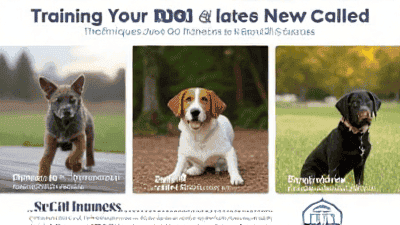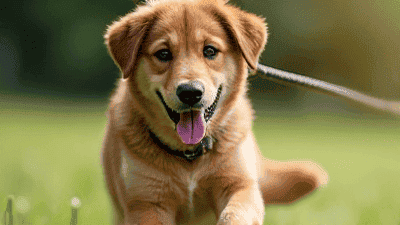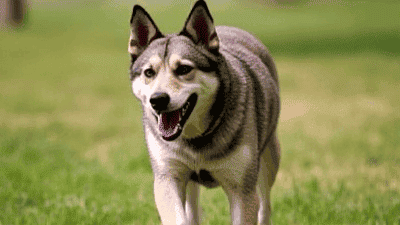
One of the most important commands you can teach your dog is the recall, or the ability to come when called. A reliable recall not only keeps your dog safe but also strengthens the bond between you and your furry friend. Whether you’re at the park, in your backyard, or in an emergency situation, having a dog that responds to your call is essential. However, training your dog to come when called can be challenging, especially if your dog is easily distracted or has a strong prey drive.
A reliable recall can prevent your dog from running into dangerous situations, such as traffic, wildlife, or unfamiliar environments.
A well-trained recall allows your dog to enjoy off-leash activities while giving you peace of mind.
Recall training fosters trust and communication between you and your dog, enhancing your relationship.

Select a clear, distinct word or phrase for your recall command, such as “Come” or “Here.” Avoid using your dog’s name alone, as it may not always signal urgency.
Reward your dog with treats, praise, or playtime every time they respond to the recall command. Positive reinforcement makes training enjoyable and motivating for your dog.
Begin training in a quiet, distraction-free space, such as your home or backyard. Gradually increase the level of difficulty as your dog becomes more confident.

A long leash (15-30 feet) gives your dog the freedom to explore while keeping them under control during training.
A treat pouch keeps rewards easily accessible, allowing you to reinforce good behavior quickly.
These tools can be used as alternative cues for recall. Whistles are especially useful in outdoor environments where voice commands may not carry far.
Use treats that your dog finds irresistible, such as cheese, chicken, or commercial dog treats, to motivate them during training.

Teach your dog a special recall command, such as “Now” or “Quick,” for urgent situations. Use an exceptionally high-value reward, like a favorite toy or piece of meat, to reinforce this command.
Incorporate recall training into fun games, such as hide-and-seek or “puppy ping-pong,” where two people take turns calling the dog back and forth.
Once your dog has mastered the recall, switch to a variable reward system, where they receive a treat or praise only some of the time. This keeps your dog motivated and prevents them from expecting a reward every time.
Continue practicing recall in different environments and situations to keep your dog’s skills sharp.
Never call your dog to you for something unpleasant, such as a bath or nail trim. Instead, go to them for these activities to maintain a positive association with the recall command.
Even after your dog has mastered recall, continue rewarding them for coming when called. This reinforces the behavior and keeps it strong over time.
Recall training is an ongoing process that requires patience and consistency. Celebrate small successes and keep working on areas where your dog struggles.
Breeds like Border Collies and Labrador Retrievers may have a strong drive to explore or chase, making recall training more challenging. Use high-energy activities, such as fetch or agility, as rewards for coming when called.
Breeds like Huskies and Shiba Inus are known for their independent nature. Focus on building a strong bond with your dog and using high-value rewards to motivate them.
For shy or fearful dogs, recall training should focus on building confidence. Use gentle encouragement and avoid overwhelming them with too many distractions.
Training your dog to come when called is one of the most valuable skills you can teach them. It not only keeps your dog safe but also enhances your relationship and allows for more enjoyable off-leash activities. By using positive reinforcement, practicing regularly, and addressing common challenges, you can achieve recall success. Remember to be patient, consistent, and always reward your dog for coming when called. With time and effort, your dog will learn to respond reliably, giving you both the freedom and confidence to explore the world together.